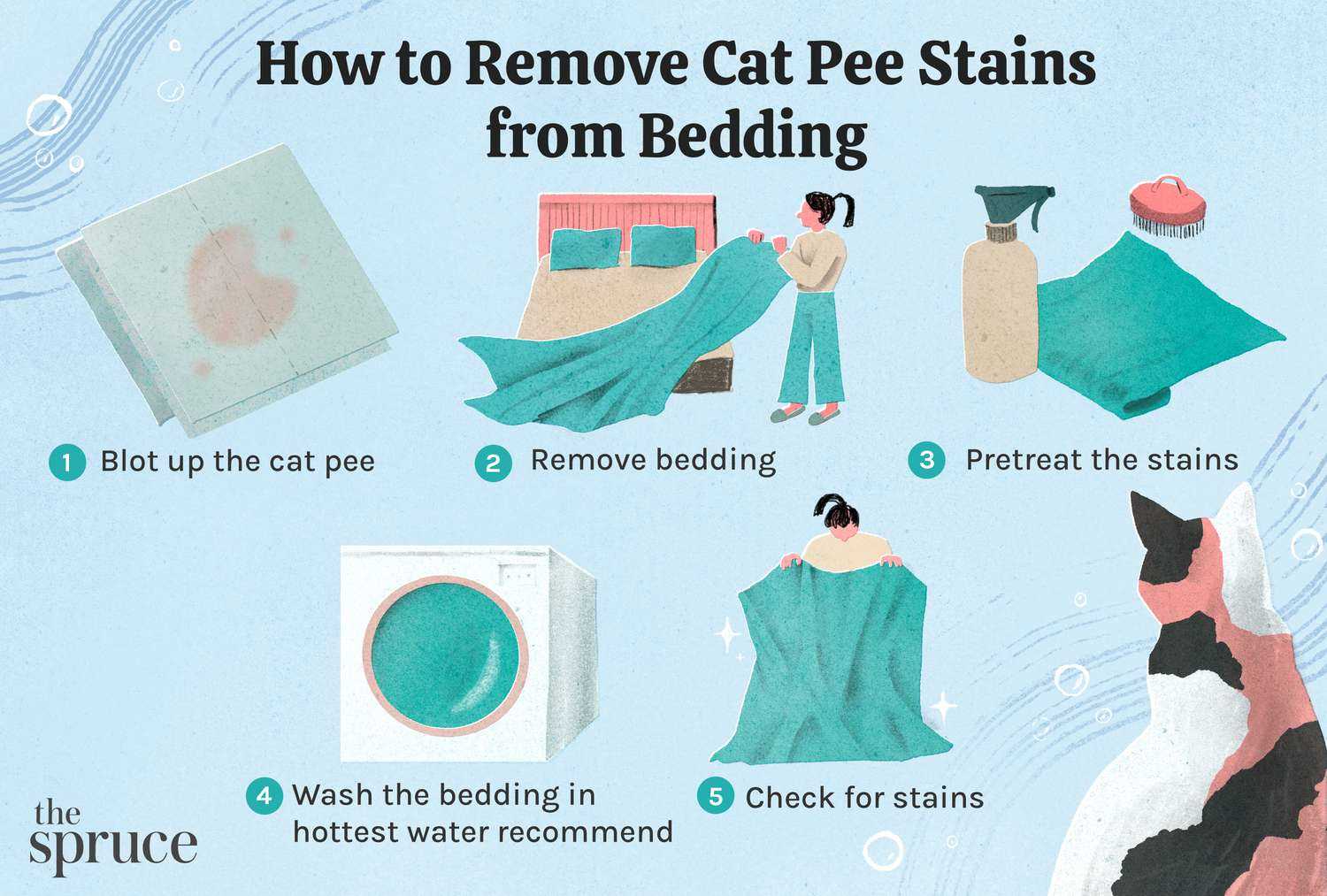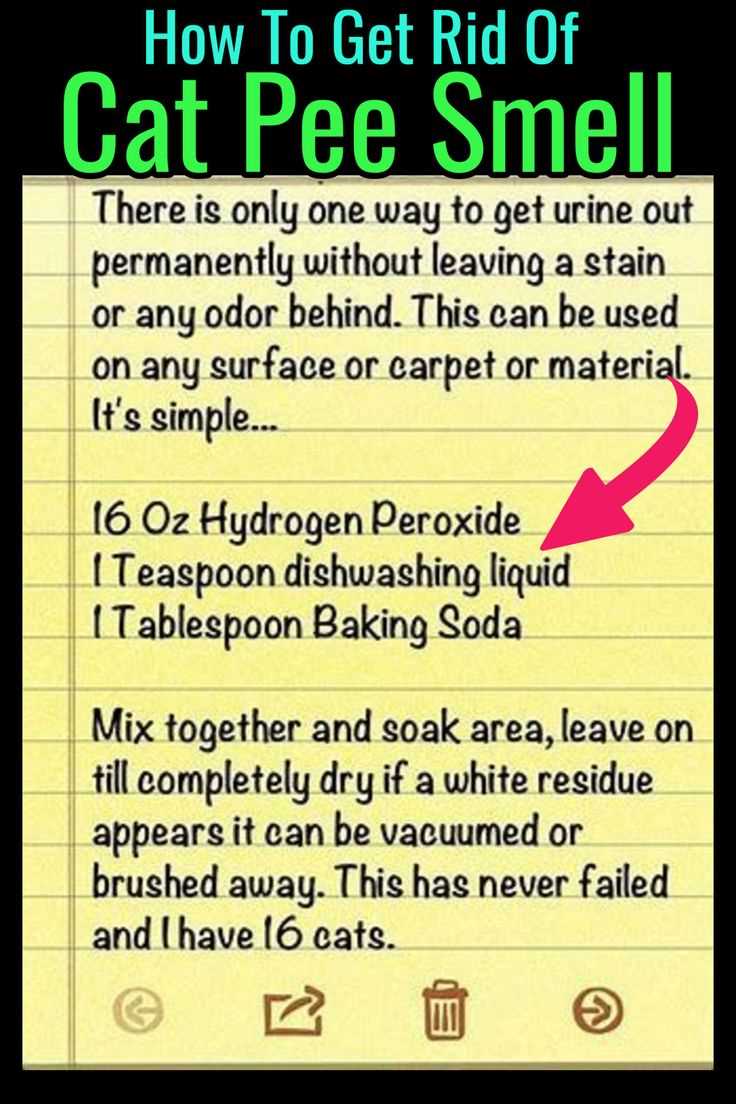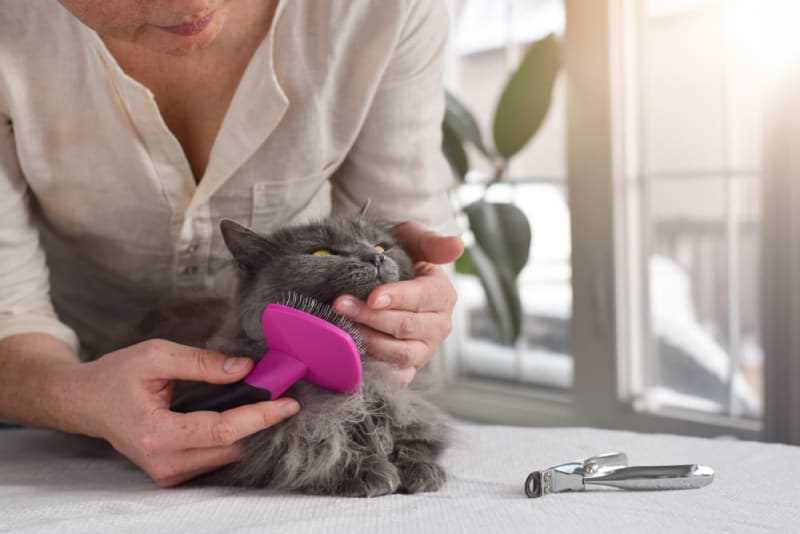To tackle the persistent odor in your favorite textiles, I recommend using a mixture of white vinegar and baking soda. Combine one cup of vinegar with half a cup of baking soda in a bowl. This powerful duo breaks down the odor-causing compounds effectively.
Next, apply this mixture directly to the affected area. Allow it to sit for at least 30 minutes, giving the solution time to penetrate the fibers. Afterward, launder the fabric in the warmest water safe for the material, adding your usual detergent.
For stubborn odors, consider repeating the process or using an enzymatic cleaner specifically designed for organic stains. These products target the sources of unpleasant scents, ensuring a fresher outcome. Always check the care label on your items to avoid any damage during cleaning.
Identify the Affected Areas on Your Blankets
First, check for visible spots where I might have marked my territory. These areas often appear dark or discolored compared to the rest of the fabric. Pay close attention to corners and edges, as I sometimes miss the center when I’m feeling playful.
Use Your Sense of Smell
Get close and take a whiff. The scent can linger, even if the fabric looks clean. Areas with a stronger odor are likely where the issue is concentrated. Don’t hesitate to sniff around, as my unique aroma can help pinpoint the problem spots.
Consider the Material
Thicker fabrics may hold onto scents more than lighter ones. If the blanket has deep fibers, inspect those areas carefully. Gently run your fingers through the texture to feel for any dampness or residue, which might indicate where I’ve been. Identifying these regions is key to tackling the next steps effectively.
Choose the Right Cleaning Solution for Urine Stains

For tackling those stubborn odors, enzymatic cleaners are your best bet. These products contain enzymes that break down the components of the liquids, effectively neutralizing the scent. Look for cleaners specifically designed for pet messes, as they are formulated to target organic materials.
Another option is vinegar mixed with water, which can also help eliminate unpleasant odors. Combine equal parts of white vinegar and water in a spray bottle, and apply it to the affected areas. Let it sit for a few minutes before blotting with a clean cloth.
Baking soda serves as a great absorbent. Sprinkle it generously over the damp areas after cleaning, and let it sit overnight. Vacuum it up the next day to lift any remaining odors.
Remember to check labels for safety, especially if your human has allergies or sensitivities. Always test a small area first to ensure there’s no discoloration or damage.
Pre-treat the stains before washing
For effective removal of those unwanted marks, focus on immediate action. Blot the area with a clean cloth to absorb excess liquid. Avoid rubbing, as this can spread the problem further.
Choosing the Right Pre-treatment Method
Mix equal parts of white vinegar and water in a spray bottle. Lightly spray the stained area and let it sit for about 10-15 minutes. This solution neutralizes odors and helps break down the stain.
Using Enzymatic Cleaners
Consider using an enzymatic cleaner specifically designed for organic stains. Apply it generously to the affected spot, following the manufacturer’s instructions for best results. Allow it to penetrate for the recommended time before proceeding to wash.
After pre-treating, washing in the hottest water safe for the fabric will aid in fully eliminating any remaining traces. Always check care labels for guidance on temperature settings.
Wash the blankets using appropriate settings

Use warm water for washing, as it helps in breaking down residues more effectively than cold. Set the washing machine to a gentle cycle to prevent damage. Avoid using bleach, as it can set stains and create unpleasant odors.
Detergent selection
Select a high-quality detergent that targets tough odors. Look for enzymatic formulas specifically designed for biological stains. These products help in breaking down the components that contribute to lingering scents.
Additional rinse cycle
After the main wash, include an extra rinse cycle. This step ensures that all detergent and residues are thoroughly removed, minimizing the chance of any remaining odors.
For effective results, consider adding a cup of white vinegar during the rinse cycle. Vinegar helps neutralize odors and softens fabrics without leaving a scent of its own.
After washing, allow the fabric to air dry outside if possible. Fresh air and sunlight can further assist in eliminating any remaining odors. For more details, check where do cows get their protein.
Use odor neutralizers during the drying process
After washing, I recommend applying an odor neutralizer to the dried items. Look for products specifically designed to eliminate lingering scents. A spray with enzymes can break down odor-causing compounds effectively. Ensure the fabric is slightly damp when you apply the solution for optimal results.
Place the freshly treated items in an area with good air circulation. This allows the neutralizer to work its magic while the fabric dries. Avoid direct sunlight, as it can sometimes set stains or cause fading.
For additional freshness, consider adding a few drops of essential oils, like lavender or eucalyptus, to a dryer ball. This can infuse a pleasant scent without overpowering the neutralizer’s function.
Regularly check the drying items for any remaining odors. If necessary, repeat the treatment before fully finishing the drying process. This ensures that the scent is completely eliminated.
Prevent Future Accidents with Training Tips

Creating a clean and comfortable environment starts with effective training. Here are some strategies that have worked for me:
- Establish a designated litter area. Ensure it’s accessible and cleaned regularly. Cats prefer a tidy spot.
- Introduce positive reinforcement. Reward good behavior with treats or affection when using the litter box.
- Monitor for signs of discomfort. If you notice meowing or scratching around the house, it might indicate a need to go.
- Provide multiple litter boxes. This helps prevent territorial disputes, especially in multi-pet households.
- Use unscented litter. Some felines are sensitive to odors, which might discourage them from using the box.
Incorporate regular vet visits to rule out any health issues that could contribute to accidents. For instance, ear health can impact behavior. Consider checking out an ear cleaner for sphynx cats if that’s your breed.
Lastly, be patient. Adjustments take time, and consistency will lead to success in maintaining a tidy living space.
FAQ:
What are the best methods to remove cat urine smell from blankets?
There are several effective methods to remove cat urine smell from blankets. One popular approach is to use a mixture of white vinegar and water. Combine equal parts of both in a spray bottle and generously mist the affected area. Let it sit for about 30 minutes, then wash the blanket in cold water. Another method involves using baking soda. After washing the blanket, sprinkle baking soda on the damp fabric and let it dry completely before shaking off the excess. Enzymatic cleaners specifically designed for pet stains can also be very effective, as they break down the odor-causing compounds in urine. Always check the care label of your blanket before applying any cleaning solution.
How can I prevent my cat from urinating on my blankets in the future?
Preventing your cat from urinating on blankets involves understanding the underlying causes of this behavior. First, ensure that your cat has easy access to clean litter boxes, as a dirty or inaccessible box can lead to accidents. If your cat is stressed or anxious, consider providing more hiding spots or vertical spaces, and spend time playing with them to alleviate stress. You can also use synthetic pheromone diffusers, which can create a calming environment. If the behavior persists, consult with your veterinarian to rule out any medical issues that may be causing the inappropriate urination.
Is it safe to use bleach on blankets to remove cat urine smell?
Using bleach on blankets to remove cat urine smell is generally not recommended. While bleach can kill bacteria and eliminate odors, it can also damage fabric and cause discoloration. Additionally, bleach can create harmful fumes, especially in enclosed spaces. Instead, opt for gentler cleaning agents like vinegar, baking soda, or enzymatic cleaners that specifically target pet odors. If you choose to use bleach, ensure the blanket is color-safe and always dilute it according to the manufacturer’s instructions.







